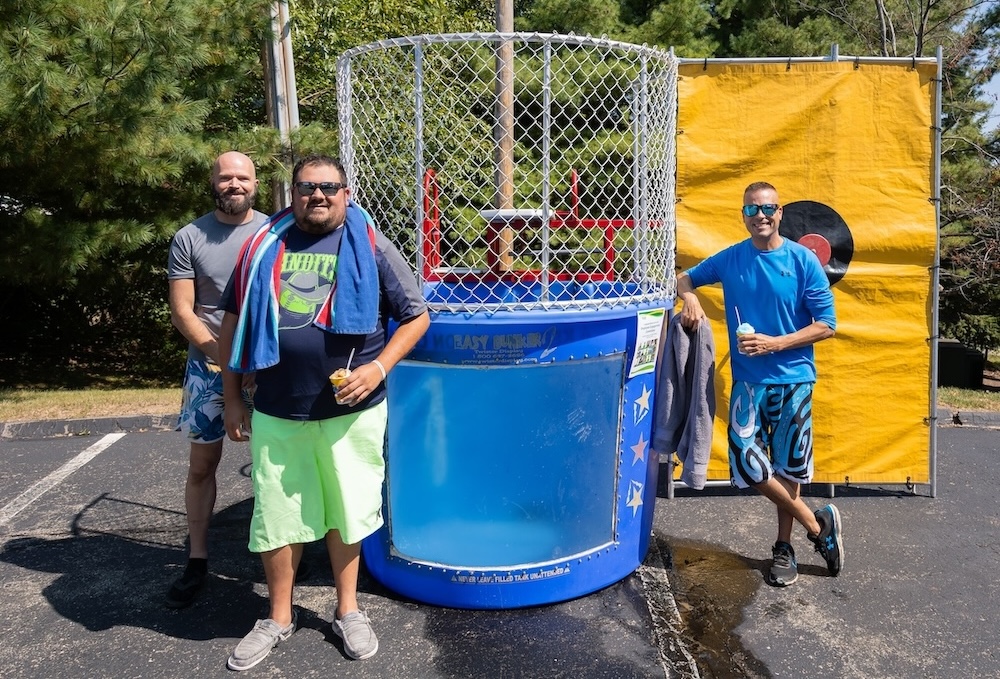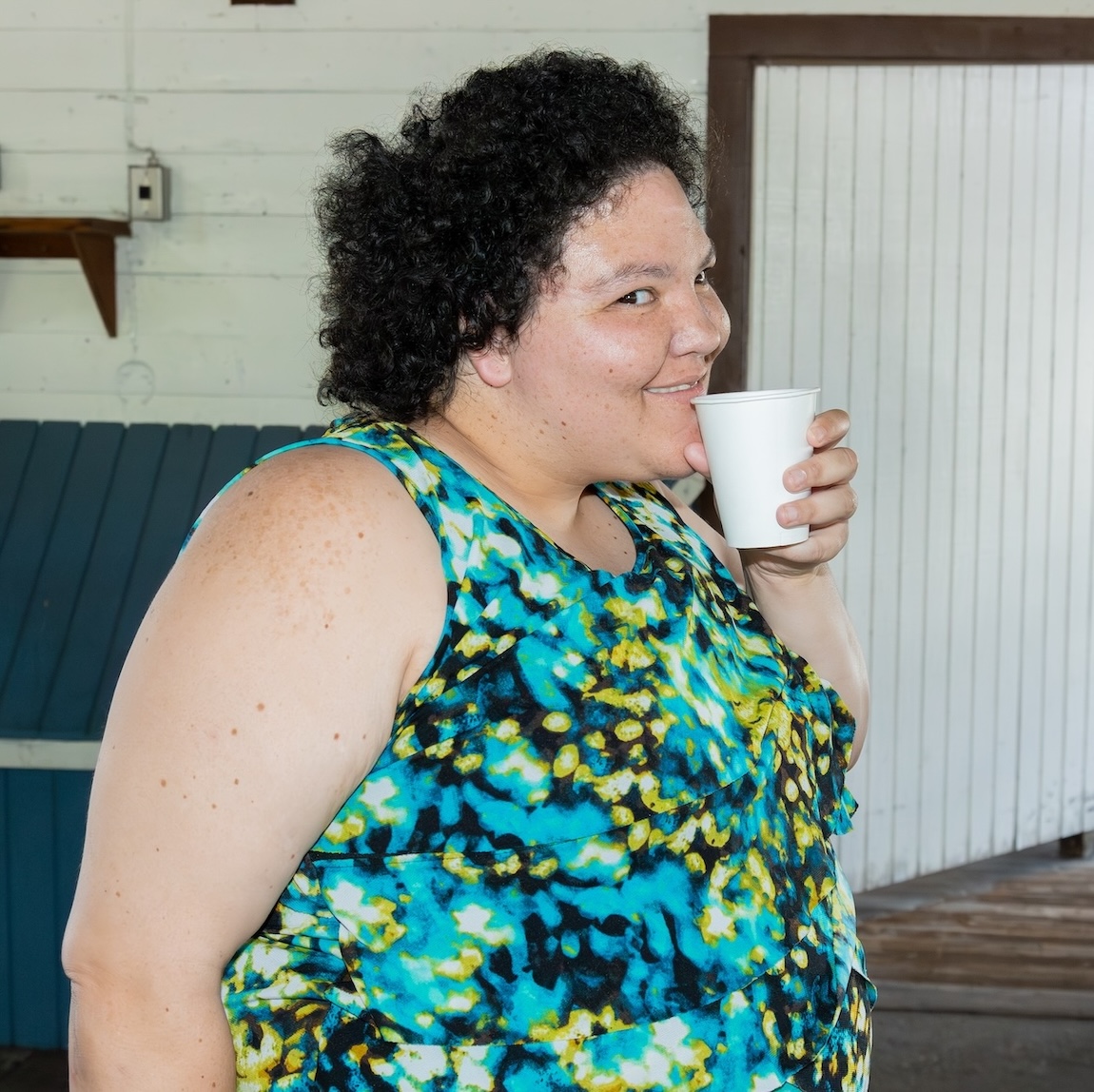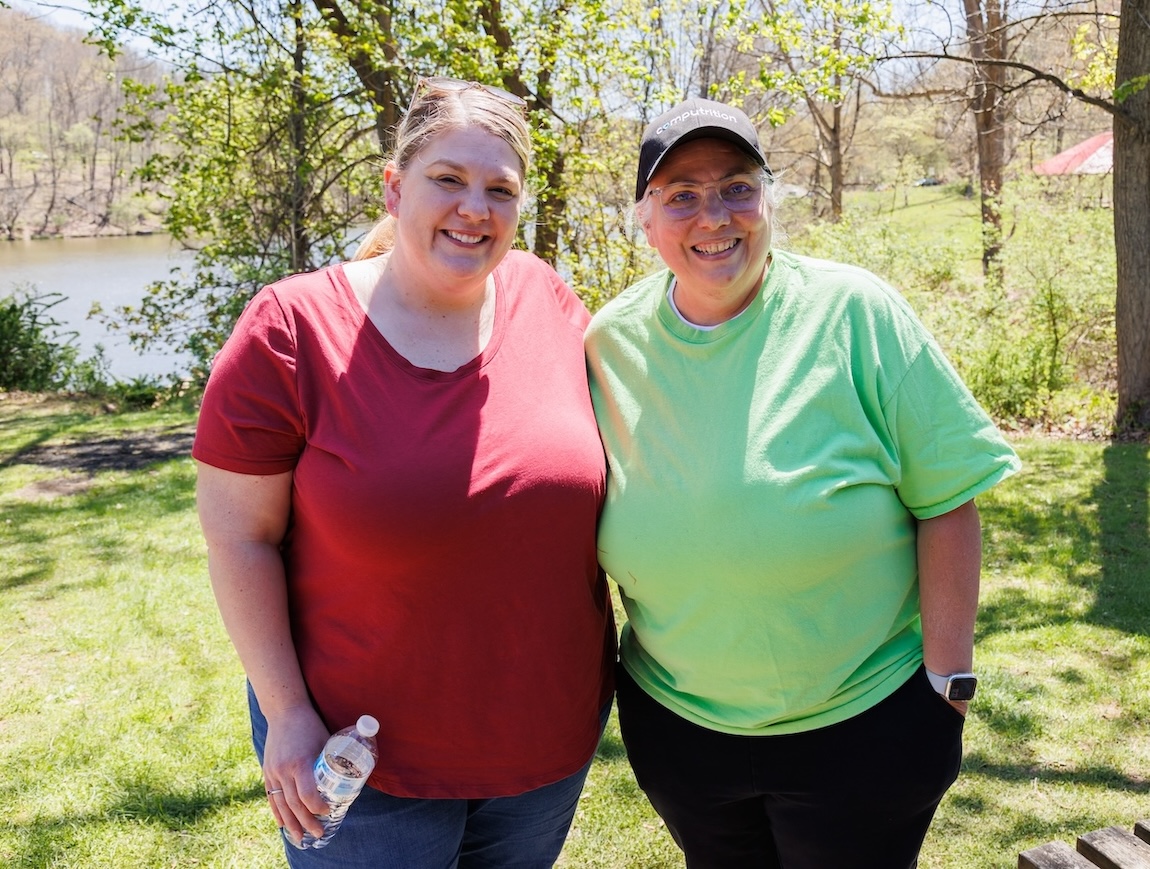The InVisionary
 While you might prefer the sweet and sour taste of lemonade or the herbal freshness of iced tea on a hot summer day, your body would much prefer a glass of ice water. We get it, drinking water can be far less enticing than something sugary, herbal, or caffeine-filled. But the fact of the matter is, it is imperative to replenish your body with the fluids it needs throughout the day, and water is the best form of hydration.
While you might prefer the sweet and sour taste of lemonade or the herbal freshness of iced tea on a hot summer day, your body would much prefer a glass of ice water. We get it, drinking water can be far less enticing than something sugary, herbal, or caffeine-filled. But the fact of the matter is, it is imperative to replenish your body with the fluids it needs throughout the day, and water is the best form of hydration. Prioritizing the health and safety of the people we support at InVision, as well as our team members, is paramount to our operation at InVision Human Services. As an extension of InVision’s Safety Committee efforts to provide necessary safety resources all year long, we’ve collaborated with committee members, our Health Services department, and InVision’s insurance liaison – Eastern Alliance Insurance – to highlight hydration safety. Additionally, the annual observance of National Hydration Day is coming up on June 23. So, let’s talk more about hydration safety, signs and symptoms of dehydration and heat illness, and the best forms of hydration!
Hydration Safety: The Facts
Did you know water makes up roughly 50-70% of human body weight? Mayo Clinic states that water intake not only supports physical health and bodily functions – flushing waste from the body, regulating body temperature, supporting immunity, promoting healthy digestion, and lubricating cushion joints – but also benefits mental well-being. Proper hydration improves your mind’s function in mood, memory, alertness, and sleep quality. Becky Hoskinson, supervisor of our Health Services department, also highlighted that hydration can help deter UTIs, help with bowel movements, prevent boring hunger, and contribute to skin health and energy levels – advising that we take sips of water throughout the day even when we don’t feel thirsty.
 You may be thinking, “I drink plenty of fluids throughout the day!” However, when it comes to hydration, we must also be aware of how some of our favorite drinks can do the opposite of what our bodies need. Beverages high in sugar and caffeine – soda, energy drinks, alcohol, and sometimes even coffee and tea – can act as diuretics and increase urination and ultimately contribute to dehydration. This is not to say we can’t enjoy such drinks; just that we need to be sure we are replacing lost fluids properly and focusing on healthy hydration methods.
You may be thinking, “I drink plenty of fluids throughout the day!” However, when it comes to hydration, we must also be aware of how some of our favorite drinks can do the opposite of what our bodies need. Beverages high in sugar and caffeine – soda, energy drinks, alcohol, and sometimes even coffee and tea – can act as diuretics and increase urination and ultimately contribute to dehydration. This is not to say we can’t enjoy such drinks; just that we need to be sure we are replacing lost fluids properly and focusing on healthy hydration methods. So, how much water should you be drinking every day? On average, it is recommended for adults to drink 64 ounces, equivalent to eight cups of water per day. To ensure you are receiving the proper number of fluids for your body’s specific needs, it is important to talk to your doctor or dietitian to work out a hydration plan that works best for you. Especially since there is such a thing as too much water intake; as excessive amounts of water can lead to overhydration and water intoxication.
Dehydration & Heat Illness
As defined by the National Library of Medicine, “dehydration in adults is a clinically significant condition caused by an imbalance between fluid intake and loss, often leading to disturbances in the balance of total body electrolytes,” and is highly preventable.  This is particularly true in the summer months. The higher the temperature gets, the more we need to be aware of our hydration efforts, but also heat-related illnesses such as heat stress, heat exhaustion, and heat stroke – all of which can lead to life-threatening conditions. You might not think much of direct sunlight, humidity, physical exertion, and even the medications you take, but these are all risk factors that can exacerbate heat-related illness.
This is particularly true in the summer months. The higher the temperature gets, the more we need to be aware of our hydration efforts, but also heat-related illnesses such as heat stress, heat exhaustion, and heat stroke – all of which can lead to life-threatening conditions. You might not think much of direct sunlight, humidity, physical exertion, and even the medications you take, but these are all risk factors that can exacerbate heat-related illness.“Hydration is very important in any month, but you lose more fluid in the summertime when you’re outdoors, sweating, and participating in activities,” Becky stated.
While proper hydration methods play a key role in preventing heat-related illness, there are various additional prevention measures necessary to maintain your health amid outdoor, summer activities. Signs and symptoms of dehydration and heat illness include but are not limited to:
- Dark urine
- Excessive thirst
- Heat rash and skin irritation
- Muscle cramps in the arms, legs, or abdomen
- Heavy and excessive sweating, or no sweating
- Flushed skin
- Dizziness or fainting
- Weakness or fatigue
- Nausea and vomiting
- Spiked heart rate
- Confusion
- Headache
- Seizures
- Take plenty of fluids. Hot days increase sweating; and you will need to replace the fluids your body loses through perspiration. Take sips of water frequently, but do not to exceed six cups of water per hour to avoid risks accompanying overhydration. Sports drinks are recommended during outdoor activities to increase your body’s electrolytes.
- Wear comfortable, light, and breathable clothing. Avoid wearing restrictive, waterproof, and dark-colored clothes. Wearing a wide-brimmed hat can also help keep you cool and protect your skin.
- Take breaks. Be sure to take frequent breaks, specifically from direct sunlight. Locate shaded spaces to rest and relax. If feeling overheated, you can also mist with a spray bottle.
- Monitor for symptoms. It is crucial to act quickly upon the first signs of heat-related illness. Knowing what to look out for can mitigate life-threatening conditions.
- Always have an emergency plan. If you or someone you know starts showing signs of heat-related illness, call 911 for medical attention. While waiting for help to arrive, locate a shaded area to sit or lie down, increase water intake, and loosen clothing. Use fans, mists, or ice packs to help cool down, and stay with the person affected.
Making Hydration Fun
Now, we all know that while some people find drinking water easy to incorporate into their days, there are many people who struggle with water consumption. The good news is that hydration doesn’t have to be boring! There are plenty of foods and fun ways to increase your fluid intake – all of which are customizable based on your needs and preferences.To hydrate through food, try incorporating water-based fruits and vegetables into your diet:
- C
 elery
elery - Tomatoes
- Cucumber
- Watermelon
- Grapefruit
- Strawberries
- Spinach
- Peppers
- Cauliflower
- Broccoli
- Radishes
- Infusing water with fruits, vegetables, and herbs such as: lemon, lime, oranges, berries, melons, cucumbers, mint, and basil
- Using fun cups and water bottles
- Making your own water-based fruit juice ice cubes or ice pops
- Mixing water with sugar and caffeine-free flavor drops or packets
- Drinking sparkling water
- Incorporating sports drinks, such as sugar-free Gatorade, when participating in activities to increase electrolytes
- Checking out water enhancers, such as Cirkul water bottles and flavors
 Hydration is key to showing up as our best selves, as proper hydration ensures that our mind and body function appropriately. So, let’s prioritize hydration and heat safety all summer long in 2025!
Hydration is key to showing up as our best selves, as proper hydration ensures that our mind and body function appropriately. So, let’s prioritize hydration and heat safety all summer long in 2025! All team members of InVision can access the full, in-depth resource documents discussing heat-related illness and emergency planning by visiting the safety corner via UKG Ready on our employee resources page.

Comments (0)